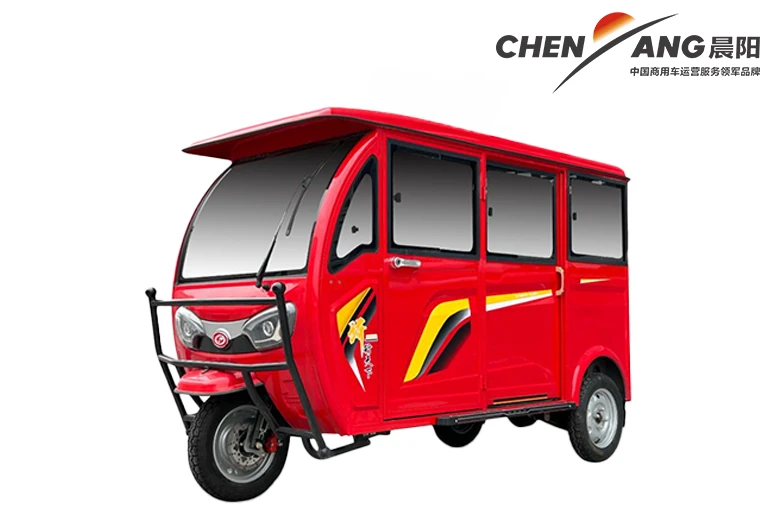different kinds of heavy equipment
Different Kinds of Heavy Equipment An Overview
Heavy equipment plays a pivotal role in various industries, including construction, mining, and agriculture. These robust machines are designed to perform significant tasks that require strength, precision, and efficiency. In this article, we will explore the different kinds of heavy equipment, highlighting their functions, specifications, and applications in various sectors.
1. Excavators
Excavators are among the most common pieces of heavy equipment used in construction and excavation. They are characterized by a large boom, a bucket, and a cab that sits on a rotating platform. Excavators can dig deep trenches, lift heavy loads, and perform grading tasks. With advancements in technology, many modern excavators feature hydraulic systems that enhance their efficiency and power. They are essential for site preparation, landscaping, and any project requiring deep earth removal.
2. Bulldozers
Bulldozers are powerful machines equipped with a large, flat blade at the front. They are designed for pushing large quantities of soil, sand, or rubble during construction projects. Bulldozers are known for their durability and versatility; they can be used for grading, demolition, and even land clearing. Their tracks allow them to operate in rugged terrains where wheeled vehicles would struggle. This makes buldozers invaluable for road construction and other heavy-duty applications.
3. Loaders
Loaders are essential machines used to load materials onto trucks or other heavy equipment. There are several types of loaders, including front end loaders, backhoe loaders, and skid steer loaders. Front end loaders have a large bucket at the front and are commonly used in loading, lifting, and moving materials such as dirt, gravel, or debris. Backhoe loaders combine the functions of a loader and an excavator, making them ideal for small to medium-sized construction projects. Skid steer loaders are compact and maneuverable, perfect for confined spaces and various attachments to perform multiple tasks.
different kinds of heavy equipment

4. Cranes
Cranes are vital for lifting and moving heavy objects vertically and horizontally on construction sites. There are several types of cranes, including tower cranes, mobile cranes, and crawler cranes. Tower cranes are typically used in tall building projects due to their height and reach, while mobile cranes offer flexibility with their ability to move from one job site to another. Crawler cranes have tracks that provide stability and are effective for lifting heavy loads in challenging environments. Each type of crane is designed for specific lifting tasks, making them integral to large construction projects.
5. Dump Trucks
Dump trucks are specifically designed to transport loose materials, such as sand, gravel, or dirt, from one location to another. They feature a hinged dump bed that allows for efficient unloading. The dump bed can be raised to an angle to facilitate easy dumping of its contents. Dump trucks come in several sizes and configurations, including standard dump trucks and articulated dump trucks, which are specifically designed for rough terrain. They are commonly used in construction, mining, and infrastructure development.
6. Forklifts
Forklifts are essential for material handling and warehouse operations. They are equipped with two forks that can lift heavy loads, making them ideal for moving, stacking, and storing materials within facilities and construction sites. Forklifts come in various sizes and types, including electric, propane, and diesel-powered models. Their versatility allows them to be used in various applications, from loading and unloading trucks to placing items on high shelves.
Conclusion
Heavy equipment is a vital component of many industries, facilitating operations that would be impossible with manual labor alone. Each type of heavy equipment serves a specific purpose, and their proper use can lead to increased efficiency and productivity on job sites. Understanding the different kinds of heavy equipment available can help businesses make informed decisions regarding their operations and project needs. As technology continues to advance, we can expect to see even more innovative machinery that will further transform the landscape of construction and related industries.
-
SINOTRUK HOWO 84 Electric Dump Truck for Eco-Friendly Heavy HaulingNewsJul.26,2025
-
The Fast 16-Gear Manual Transmission Assembly for Heavy TrucksNewsJul.25,2025
-
Mercedes Benz Actros 1848 42 Tractor Truck for Sale - Reliable PerformanceNewsJul.24,2025
-
High-Quality Water Pump Assembly for Sinotruk Trucks – Durable & ReliableNewsJul.23,2025
-
Premium Truck Engine Antifreeze Coolant Fluid for Heavy Duty VehiclesNewsJul.22,2025
-
FOTON View G7 Mini Bus: Affordable & Spacious TransportNewsJul.22,2025
Popular products

























